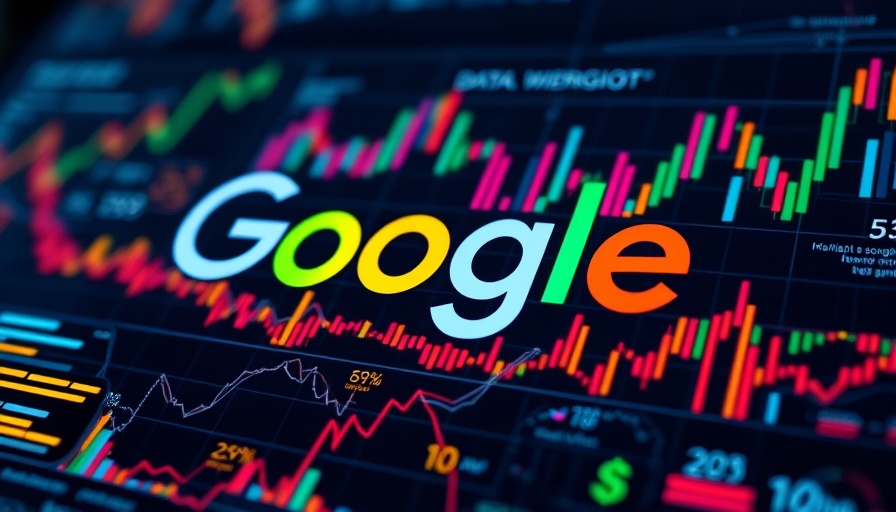
SEO Keyword Impact: Unpacking AI Mode's Data Tracking
In a digital world transforming swiftly due to advancements in AI, Google Search Console (GSC) has taken a significant leap by officially counting metrics related to its newly released AI Mode. Applicable to all users, this updated feature highlights a crucial moment for SEO strategies across the board, especially for small business owners, marketers, and agencies as they navigate the fluctuating landscape of search engine dynamics.
Understanding AI Mode Integration in Your Digital Strategy
As Google confirmed that clicks, impressions, and positions from AI Mode are now accounted for, the implications are profound. Previously, this data was absent or lumped into ambiguous categories. However, as users now engage with AI Mode, executing queries that generate new results, the need to embrace these changes has never been more urgent. AI Mode offers an interactive experience that supports deeper insights, enabling marketers to optimize their content based on how users seek information.
Why Clarity in Data is Critical for Marketers
One of the primary benefits of this change is the detailed visibility it provides to marketing teams. As mentioned by SEO analyst Glenn Gabe, GSC is not merely aggregating data into blocks anymore. Rather, each link from AI Mode will reflect its own unique position. This segmentation allows for more precise tracking and analysis of how individual pieces of content perform in a crowded digital landscape, giving marketers the insights needed to pivot strategies accordingly.
Grasping the New Metrics: Clicks, Impressions, and Positioning
The confirmation that AI Mode's click and impression data are tallied means marketers must recalibrate their strategies to account for this new traffic source. An impression in AI Mode counts as a standard impression, leveraging the same recording methods as traditional search results. The challenge lies in understanding how this data interweaves with existing metrics and how to make informed decisions moving forward. For instance, every follow-up question counts as a new query, which resets the position metrics for that term.
Preparing for Future Trends in Search Optimization
With AI technology becoming a cornerstone in online interactions, marketers must consider user behavior evolution. The integration of AI Mode indicates a trend towards more personalized search experiences, where users expect their inquiries to yield custom-tailored results. As we look ahead, this necessitates a stronger focus on understanding not just what content ranks, but why it resonates. Marketers need to innovate and adapt their content strategies, emphasizing quality indexing that aligns with AI's capacity to discern subtopics and related queries.
Decisions You Can Make Today: Adapting to the AI Wave
What can small businesses and marketers do right now? Begin by analyzing your website metrics surrounding queries relevant to your offerings. By exploring patterns in how AI Mode processes user interactions, businesses can develop targeted content that caters to distinct segments. This proactive approach leads to enhanced user engagement, ultimately cultivating deeper customer relationships. Implementing schema markup could also bolster visibility within AI results, enhancing the likelihood that your content surfaces organically.
The Human Factor: Leveraging AI for Enhanced Marketing Strategies
While technology like AI Mode changes the game, it’s essential to maintain the human touch in your marketing strategies. Embracing technology should never overshadow the essence of connection—how your brand communicates with users matters now more than ever. Use storytelling to create compelling content that resonates on a human level, enriching user experience beyond mere data points.
As Google's evolution continues with AI, the drive towards efficient and intelligent SEO strategies is critical. Small businesses must adapt and rethink what it means to engage users in meaningful ways in this AI-driven world. Start leveraging these insights today to carve out your digital niche.
Marketers and business owners looking to adapt to the changing landscape are encouraged to dive deeper into these updates. Monitor your GSC metrics closely and explore new content strategies that reflect the AI Mode's capabilities. The future of SEO holds remarkable shifts; the time to act is now.
 Add Row
Add Row  Add
Add 




Write A Comment